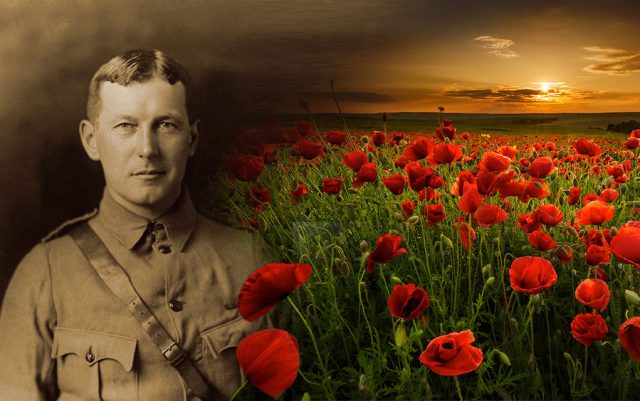The city I consider my hometown, Guelph, Ontario, also happens to be the birthplace of LCol John McCrae, who is best known the poem In Flanders’ Fields. McCrae and I attended the same high school. Something I only recently discovered is that McCrae’s grandparents immigrated to Canada from Balmaghie in Scotland, which is just a short distance (about 14km) from the ancestral homeland of my great-grandmother. Additionally, he spent the first year after completing medical school as a resident house officer at Toronto General Hospital—the hospital where I was born.
Although In Flanders’ Fields is typically what we think of first when John McCrae is mentioned, it is important to note his other contributions as a surgeon, leader, and author.
Did you know that John McCrae was a gunner, a quartermaster, and then a member of the Queen’s Own Rifles before he became a medical officer? Or that he co-authored a pathology textbook for medical students in 1912? Or that he was a professor at the University of Vermont for almost a decade between serving two wars (Boer War and the First World War)?
Sometimes we see the “one thing”, a single accomplishment, and miss the bigger picture. We see an award or recognition and miss the person and the story behind it. We know the impact McCrae had on how we observe November 11. It is good to recognize significant achievements, but it is also important to sometimes pause, and see persons behind those things, to hear the full story, and appreciate the humanity of each.
Remembrance Day, and the days that lead up, are a great opportunity to know veterans, and know the deeper story—who they were and are, what inspired them, what impact their service had on them, and who they became through their service.
By: Capt Graham Ware






